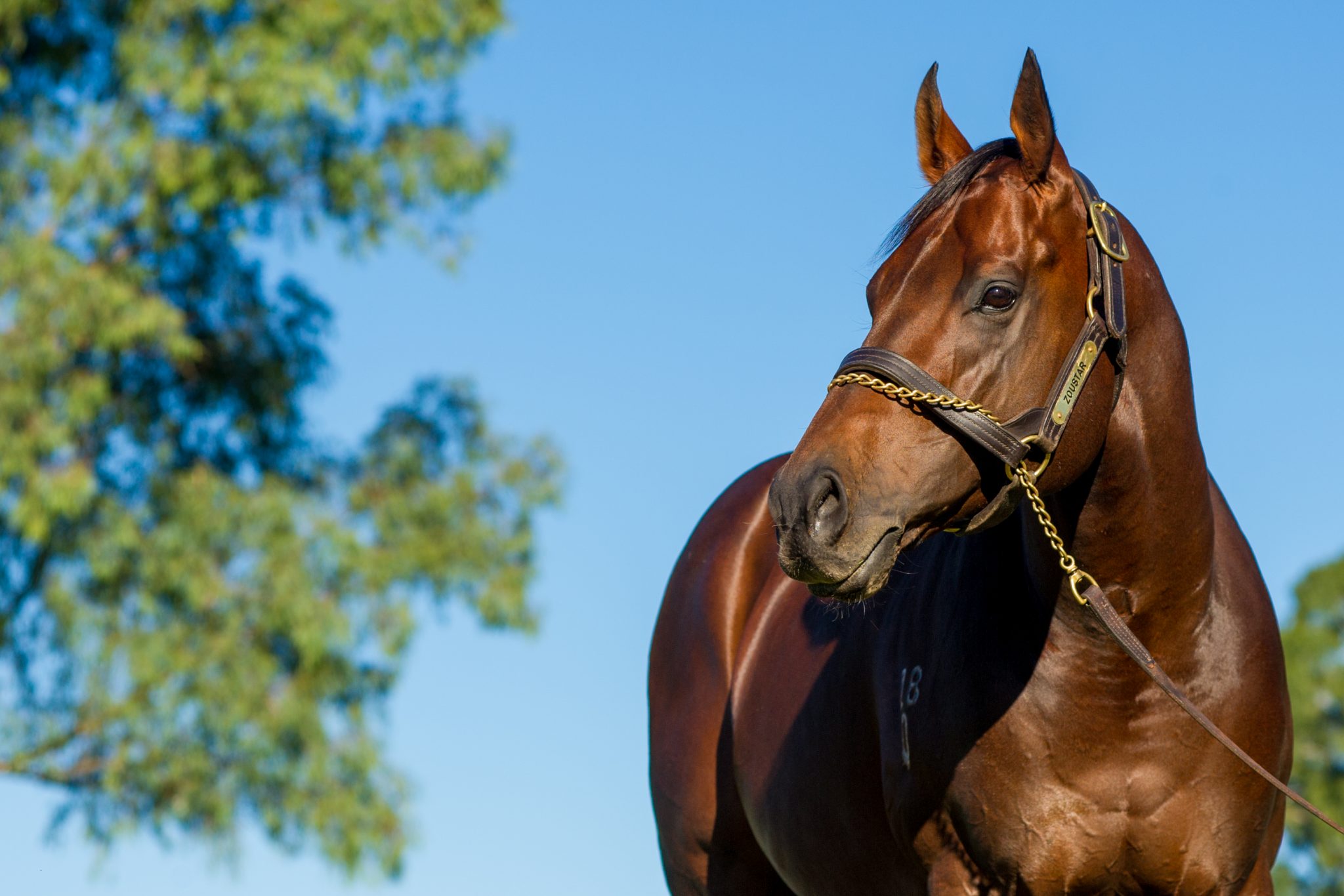That keeps gene pools strong and prices high but if stallions are going through peaks and troughs of fertility or have poor sperm quality, covers may have to be repeated. This can mean extra travel for mares – sometimes interstate – loss of revenue for studs and health and safety implications for both handlers and horses.
The industry needed a quick, simple, reliable and cheap method to test stallion fertility at the time of breeding, so mares could be covered again (‘cross-covered’) before being sent home. Now, thanks to years of R&D by a top team of specialists from the University of Newcastle and AgriFutures Australia, that’s now possible.
The fertility test project was chosen for funding out of 52 submissions said Annelies McGaw, AgriFutures Thoroughbred Program Manager. “The main aim of the thoroughbred industry is to breed a winning foal and it’s currently averaging 1.5 to 1.8 covers per live viable foal. We want to minimise that because every time you re-cover a mare it’s a lot of work even though re-covering tends to be free. Each stallion has a set number of mares that they can physically cover within a year. That means if the stallion is re-covering mares for free, it isn’t making as much money, which is significant when you’re talking about $150,000 – $250,000 per serve.”
This new device is revolutionary; not only can it be used on-farm by anyone with minimal training, but in addition to the ‘classical’ indicators of fertility (motility, morphology and sperm count), it also provides feedback about sperm metabolic rate.
Dr Zamira Gibb, lead researcher at the University of Newcastle’s Equine Fertility Research Group that co-developed the device with support from AgriFutures Australia, confirmed that, uniquely in horses, this is the most important predictor of a successful pregnancy. That’s because metabolism is not only important for motility but to facilitate the energy-demanding changes necessary to allow the fusion of sperm and egg.
Each day of age is worth US$160 at yearling sales
If mares can be re-covered immediately and breeders don’t have to wait for a second cycle, it increases the chance of successful, earlier pregnancies and more valuable foals. The older a horse is at yearling sales or age-related races, the better it performs. “One study we referenced showed that each day of age is worth US$160 at yearling sales,” said Dr Gibb. At present, there are up to 25,000 serves conducted within Australia’s 660 stud farms each year. Although measuring devices for sperm motility and quantity are available, the best are expensive – up to $50,000 plus – and often need to be operated by vets who may be some distance away. The university’s device should retail at around $5,000 and with the help of funding from AgriFutures Australia, Dr Gibbs’ team has refined operations to make it as foolproof as possible.
Results available in just 30 minutes
The test involves collecting a drop of dismount semen into a pot. This is then placed into the shoebox-sized device. Users press a button and a pre-loaded cartridge, with a specially developed medium, is lowered into the semen. The sperm swims up into that medium and 30 minutes later, when it’s had time to react, a reading is available.









